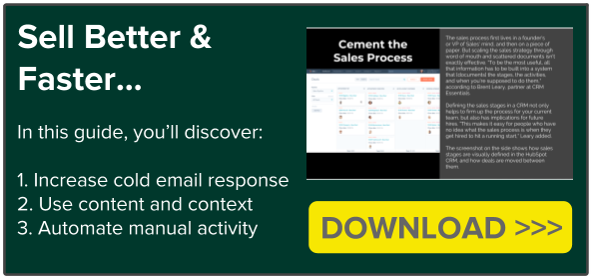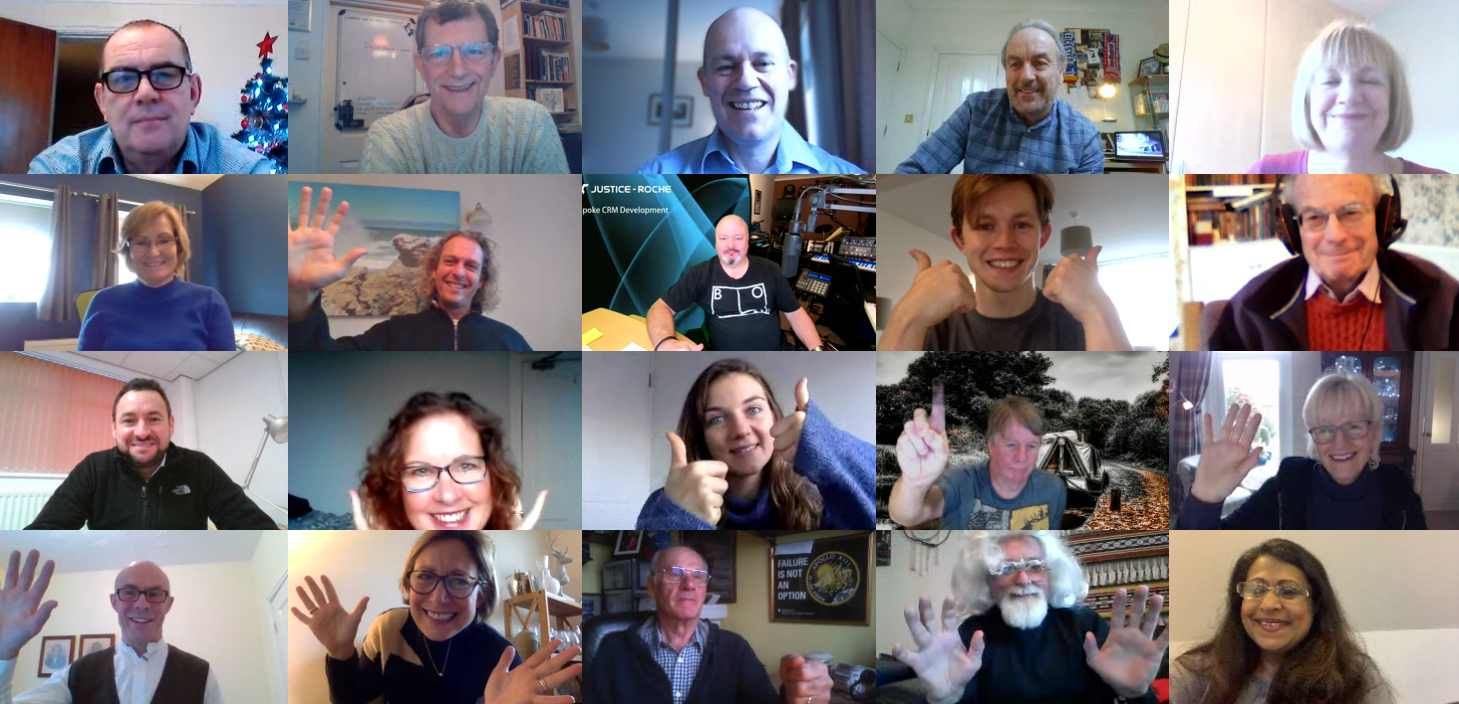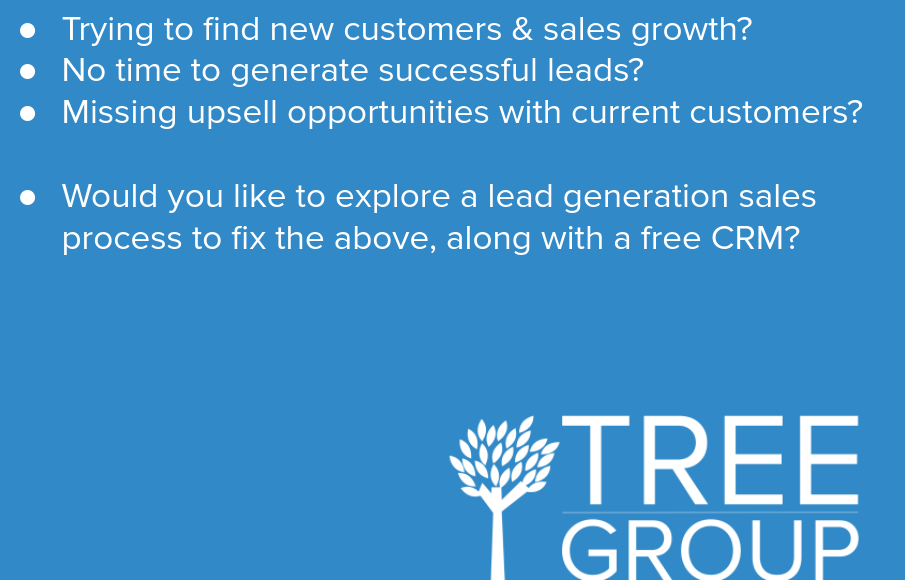A technique for getting ideas that I use for sales in Automotive and Motorsport...
Ok so my title for this post is a sweeping statement. The first part about not being unique is true. Many companies think they’re unique and from a business perspective they might be, but, from a sales perspective, it’s about applying principles and method to be good at generating sales.
Of course sales is hard. Of course you need industry experience and contacts and to know the product. However, my feeling is that anybody should be able to learn a product. That might annoy certain people but it’s a fact. To be an engineer and know all of the detail is a different level and not for everybody. But to sell, you mustn’t get stuck in the detail. In my experience of selling in Automotive and Motorsport, the best sales come when you have a great salesperson working alongside an engineer.
To sell, you shouldn’t know all of the detail
You need a good understanding of everything involved in a product or service. How’s it’s created, why it’s created, how it’s delivered, life cycle, servicing, maintenance, specifications etc. They’re the facts of a product or service. The modern salesperson needs to know them so he or she can be an advisor and add value to customers beyond what they can find themselves from websites and brochures.
A salesperson needs to avoid the detail otherwise they won’t see things differently to engineers, purchasers, MDs etc. A salesperson is like a good racing driver coach. A salesperson will coach the customer, give them the best advice, make the right recommendations, build trust and confidence, and have the ability to join multiple dots to create opportunities and sales.
A new idea is just a new combination of old elements

I’m going to summarise a great book called ‘A Technique for Getting Ideas’ by James Wood Young. It’s a brilliant book that is old but timeless.
I love the start of where he says ‘Successful people don’t sell products or services, they sell ideas.’. It’s a statement that makes most MDs cringe but it’s so spot on. Anybody can say ‘do you want to buy X’, anybody can pick up the phone and take an order, but the best salespeople take time to understand each prospect and customer and come up with ideas of how their products and services can be used in their situation. This is the Inbound way to sell. I’ve seen first hand a lot of salespeople in Automotive and Motorsport struggle with this approach. It’s very different to the old school bashing the phones and thrashing out a deal. The inbound approach is for the modern buyer that don’t need a sales person for the majority of their buying journey. Add the use of content to the process and it becomes even more complex.
People associate creativity with marketing and design but to be a good salesperson, you need to think creatively in everything you do. Writing sales emails, creating sales presentations, giving ideas to marketing so they can create content that’ll generate leads, thinking on your feet in meetings, spotting news articles that give you a reason to contact somebody cold, and ways to link different people and companies to create sales.
Another line from the book says ‘Most valuable isn’t to know where to look for an idea but to train the mind in the method of how to product ideas and principles that are the source of ideas.’. Again, this is spot on.
We need to get in the habit of searching for relationships between facts to create ideas such as:
-
Upselling a related product
-
Linking two contacts together
-
Creating a new initiative to sell different products and services
Why bother having a process for creating sales ideas?
This is an easy one to answer.
Anybody can know details and facts but what happens when those details and facts change? What if somebody comes along that knows more details and facts? However, if you think of sales as being creative then you’ll be the person with new ideas and will close more sales.
Principles and method are the way to remember and repeat how to come up with new sales ideas.
The Pareto Theory describes two types of people:
-
Speculator → Pro-occupied with the possibility of new combinations
-
Rentier → Routine, steady-going conservative
A great salesperson needs to be the speculator. If we are this person then we don't need to be experts in a product or service as we have engineers for that side of things. If you’re not a natural speculator then keep reading for the principles and method to follow to train yourself to be creative.
The principles and method for creating ideas for sales
Again, I’m referencing James Wood Young in these five steps that cannot be missed, mixed or jumped and will provide a process for creating ideas for sales in Automotive and Motorsport.
1 - Gather material
Start by gathering raw material
You need the ability to talk about a subject so it can be described individually, different from every other similar subject. You need to be able to differentiate your products and services from the competition. Be very careful about using price as your differentiator. When your competitors is cheaper, you’ll lose business.
An example of gathering raw material is of one of our clients, ADDITIVA. They sell a 3D metal printing service. When we launched with them we talked about using content as part of our sales activity as it allows us to build relationships and give people reasons to buy from them over their competitors. The mention of content usually gets one response ‘I’m too busy to spend time writing blogs’. Once I’d reviewed their sales content, I easily created three months worth of content. I’m not a Metal additive manufacturing expert but I can think creatively and this is where the relationship between sales and technical can work perfectly.
Steps you can take to gather raw material (these are the details and facts):
-
Research the products, services, ideal customers
-
Talk to people
-
Walk around their business
-
Talk to staff
Our sales process always includes a phase of gathering product and service details just like in the example above. We also run ideal customer interviews, market research, and create Ideal customer personas to understand what the target audience wants and how they go about buying the products and services that we’re selling. This is a natural way for us to gather raw material.
Regularly gather general materials
Think of general materials as life, events, news, anything.
A great example is marketing and psychology. On the face of it, they’re two very different industries but when somebody thought about using psychology for marketing, BOOM, you have a very powerful approach to generating sales. Gathering general material is the same theory. Always be looking and gathering what you learn from anywhere in life. Be an extensive browser of all sorts of information.
The book has a great description of this part of the process:
An idea is like a kaleidoscope, every turn creates a different pattern
We gather general material by using a free online tool called Netvibes. It allows you to easily view lots of different RSS feeds (from blogs and news areas) as well as keyword searches. We have a weekly check to see what’s new in the world, what topics are being talked about. We make a note of interesting content and things that inspire us. This is us keeping a digital scrapbook.
2 - Digestive the material you’ve gathered
This is where we’re not worried about coming up with final ideas. Just keep jotting down things you think about. We use a free tool called Google Keep to have shared notes for each client. That way, nothing is forgotten.
You could have a brainstorming session on a Friday, think on it over the weekend, then come back in on a Monday to review the brainstorming session.
3 - Incubate the ideas
Take time out from thinking about ideas. If you force or rush the process, it won't happen. When was the last time you were asked a question, couldn’t remember then the answer came hours/days later? It’s because you gave yourself time to incubate.
4 - The eureka moment
This is where ideas start to come.
Always be thinking. When you’re shopping, keeping fit, reading, relaxing in the sun etc. If you enjoy your work then this won’t be a chore as you’ll have a genuine interest in your job and the people you deal with. I often come up with ideas when I’m driving or when I actually stop and relax. Have your phone handy (not when you’re driving) with the Google Keep app and you won’t forget those moments of inspiration.
5 - Final shaping and development
This is where ideas are turned into reality.
The book says ‘Be patient, apply the idea and find a way to make it work. Allow others to add to it’.
It’s very important to allow others to add to your ideas as they’ll see things differently to you. Sales isn’t about you, it’s about who you’re selling to so it’s important to consider how your ideas will be perceived by your Ideal customers.
That’s it. Very simple but a lot of things in life are simple. Having principles and method makes the process memorable and repeatable and you’ll regularly come up with great ideas for selling in Automotive and Motorsport.










